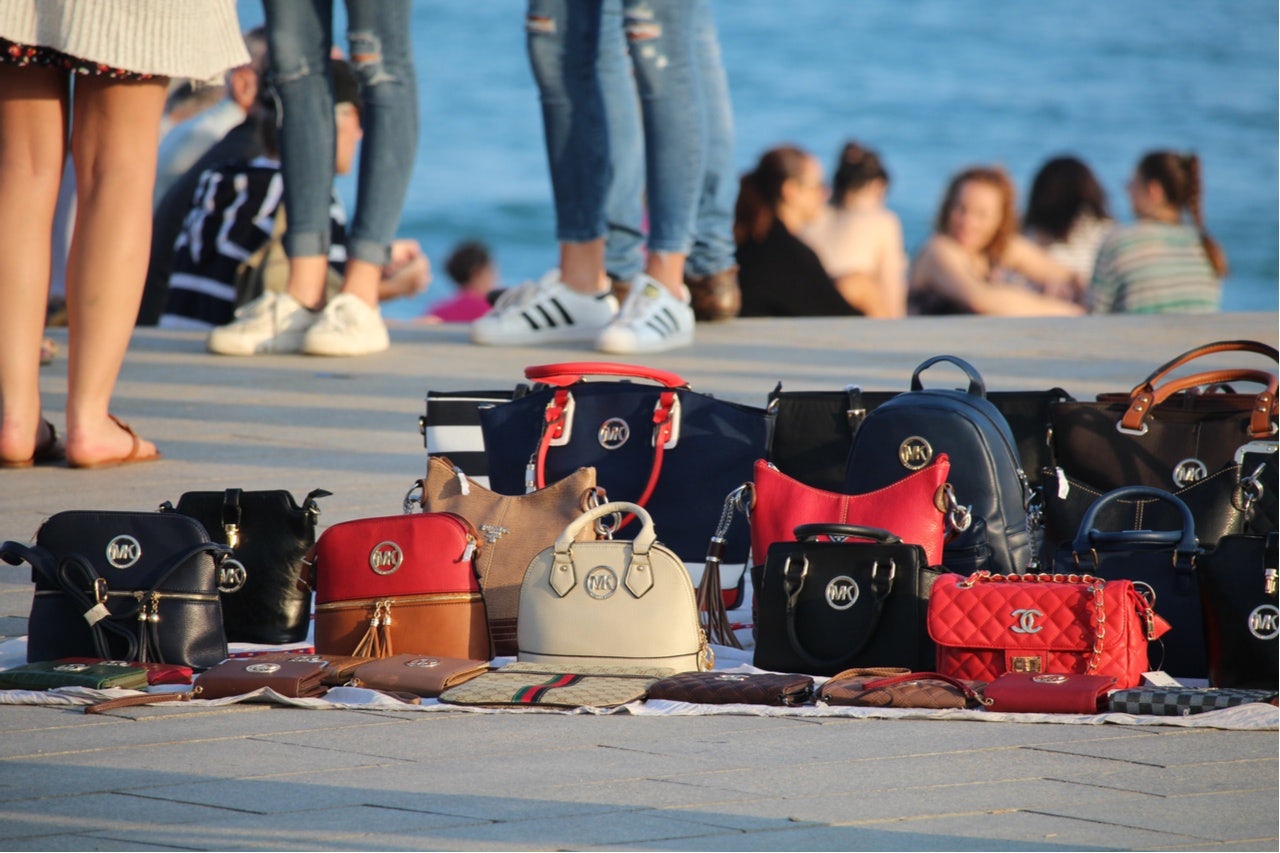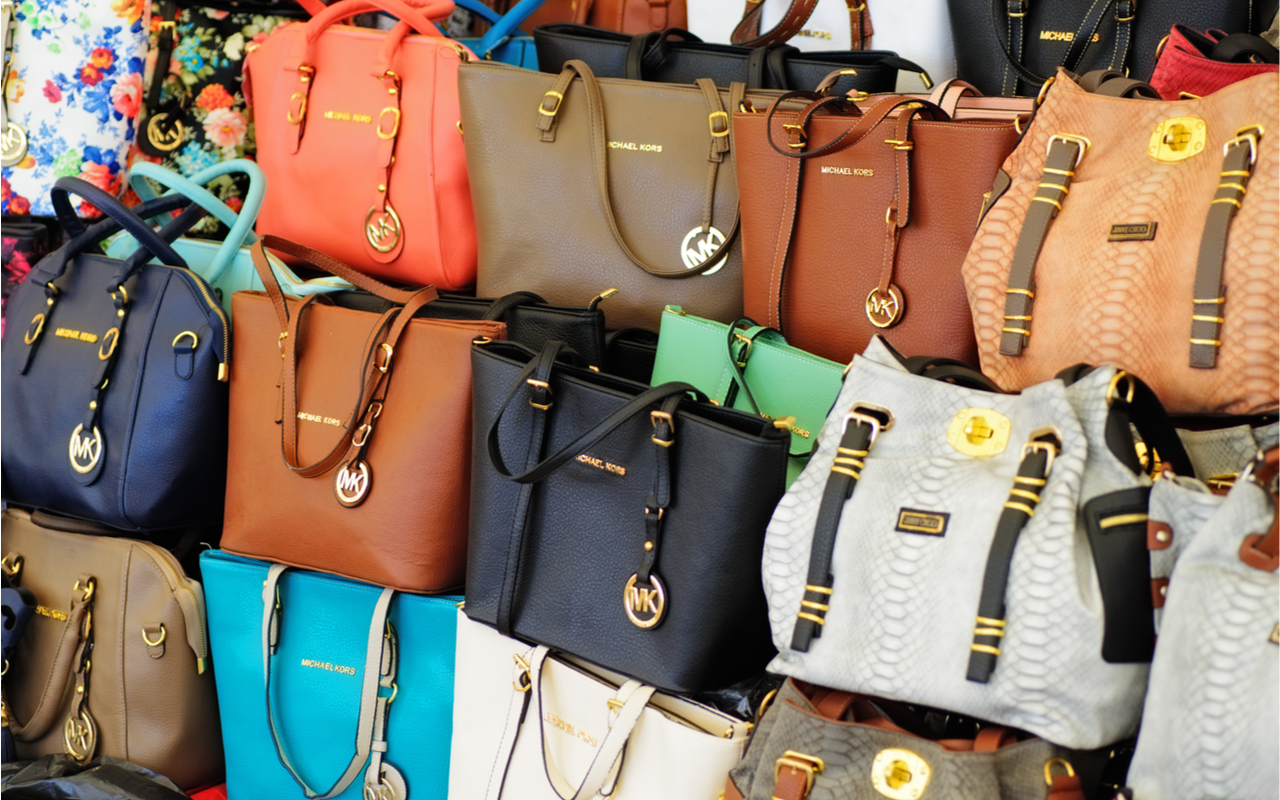In recent years, the solution for luxury brands combating fake products on Chinese e-marketplaces has been something of a one-horse race – and that horse is Alibaba. With the evolution of different e-commerce models, however, the market for counterfeits is changing in a way that many in the West can’t even accurately gauge. A European browser search of the phrase “counterfeits on Alibaba” returns over 600 results, for instance, while “counterfeits on Pinduoduo” offers less than 200 — hardly an accurate reflection of the problems inherent to both platforms.
Although Alibaba and JD continue to dominate China’s e-commerce landscape, it may surprise many to know that third place (second in some accounts) has been taken by the social commerce platform Pinduoduo. For those paying closer attention to Chinese markets, they will know that over the past three years, the Tencent-backed shopping app for discounted goods has seen incredible growth, but it also had a checkered history with counterfeit listings.
When Pinduoduo debuted on the Nasdaq in July 2018, it was touted as China’s fastest-growing business. But by August, it faced an investigation from the State Administration for Market Regulation (SAMR) over its failure to challenge intellectual property infringements, and the company’s stock had fallen. Pinduoduo had to act quickly. It claimed to have removed 1,128 stores and taken down 4.3 million listings from its site. But this one week of action was a band-aid for a much bigger problem, and in April 2019, the company was blacklisted for the first time as part of the U.S. Trade Representative’s annual report into “notorious markets.” While Alibaba’s Taobao website was also condemned for the third year running in the same USTR paper, the report did at least acknowledge that their group “has taken some steps to curb the offer and sale of infringing products.”
The threat to brands’ profits and reputations because of social shopping apps such as Pinduoduo, Little Red Book, WeChat’s Weidian, and Taobao’s Xianyu is real, but it’s also just one part of a complex and evolving situation for luxury brands. Pinduoduo is well known as a platform for cheap goods and group discounts, and its growth has been fuelled by the mobile engagement and gamification technologies that are aimed at its reported 77.5 million daily users from the poorer regions of provincial China. Therefore, while it might seem as if the company, known as “China’s Groupon,” poses a lesser threat for high-end fashion and lifestyle brands, there are actually several reasons why it deserves closer scrutiny.
China cares about social commerce#
Regardless of its current consumer demographics, China’s embrace of social shopping is growing. Apps like Pinduoduo encourage users to create profiles and then generate their own content in order to influence their networks into group buying and sharing for discounts. Its market has been projected to be worth roughly 150 billion by 2020, meaning that it will possess a noticeable part of the overall e-commerce environment. China appears to care deeply about social shopping, so luxury brands who hope to continue capitalizing on the 33 percent of the revenue that Chinese consumers contribute to the 1.2 trillion trade in luxury products simply must pay attention.
One of the appeals of social shopping is that it offers the safety and mutual reinforcement of a communal experience. Users can create networks and then share and promote Pinduoduo-listed products through WeChat, resulting in group discounts, competitions, and other incentivized purchases. This disruptive “team purchasing” idea has resonated particularly well in a culture where online commerce had previously been centralized by the Alibaba/JD duopoly. Shaun Rein, the author of “The War for China’s Wallet: Profiting from the New World Order,” states, “The potential of social commerce is huge because people like to buy what their friends recommend. Increasingly, in China’s e-commerce landscape, people don’t know what sales channel to trust, but if they see their friends purchasing things on social commerce sites, they are more likely to buy.” For cautious Chinese consumers approaching expensive branded purchases for the first time, this kind of peer endorsement is vital. Therefore, the social commerce model seems like a natural fit with luxury goods — but also a possible future home for fake listings.
The days of trading down may be limited#
Pinduoduo is acknowledged as a place for lower-income shoppers to buy everyday goods rather than high-end brands, but that doesn’t mean the market might not have the capacity to support luxury items. Although many social commerce shoppers currently have the desire to purchase luxury goods, their limited financial circumstances mean that cheap “shanzhai” mass copies are more common purchases.
However, younger and wealthier Chinese shoppers in the current climate expect unique luxury items and are increasingly willing to pay for them. As these Millennial and Gen-Z consumers represent an influential segment on social media, the energy that they devote to promoting themselves and their purchases will likely drive purchase mimicry throughout the country. With continued economic growth and increased purchasing power — even in the provincial cities — the desire for genuine luxury products will become more prevalent, but so too will the appearance of counterfeits that are closer to the real thing; so-called “super fakes.”
As brands become more common and less exclusive in rural locations, the drive for more expensive products and higher-end brands may also increase. This process already started in August 2018 when Pinduoduo committed to an escalation of branded goods through a “Pavilion” that would push global brands out to the provinces (a big part of the platform’s buyer base). And further subsidies for farmers, poverty alleviation initiatives, and e-commerce training sessions suggest that the social commerce market will likely reach new heights in the future.
The West has been here before#
When the first wave of e-commerce appeared in the ‘90s, it was a revolutionary new way for all brands to bring goods directly to customers. This was particularly important for the luxury sector because sales could suddenly be increased in untapped Asian markets. Distance and cost had made establishing brick-and-mortar retail units prohibitively expensive, but e-commerce presented a real solution. Many marketplaces were initially unregulated, though, and this led to waves of listings for counterfeit products, which destabilized profits. When brand protection initiatives like eBay’s VeRO program began later in the decade, it set in motion the marketplace-centric brand protection strategies that still exist to this day.
But if anything serves as a template for how social media will pose a future threat to brands in China, it’s what’s currently happening across the U.S. and Europe. Sellers of luxury brands such as Michael Kors, Rolex, and Gucci have migrated in droves to Facebook, Instagram, and Twitter, leading to record seizures and regular headlines. Sellers establish interpersonal relationships within private groups and then communicate via encrypted Whatsapp messages with buyers. It’s an approach that’s also found its feet with Chinese counterfeiters who use channels like WeChat, Instagram, YuPoo and TikTok as additional arms to reach both Chinese and international customers.
Managing disruption#
Pinduoduo and other social commerce disruptors have shown that the conventional marketplace model of buying and selling counterfeit goods is changing. For luxury brands who want to capitalize on the Chinese appetite for expensive products while limiting the number of fake products sold online, developing social shopping awareness is crucial. Marketplaces and website domains enforcing against counterfeit listings remain vital, but the mobile, fluid, and engaging nature of these new platforms may give some indication as to why luxury brands need to also consider counterfeiting solutions that are culturally relevant and forward-thinking.
Fiona Gao is Head of Business Development at Pointer Brand Protection.


